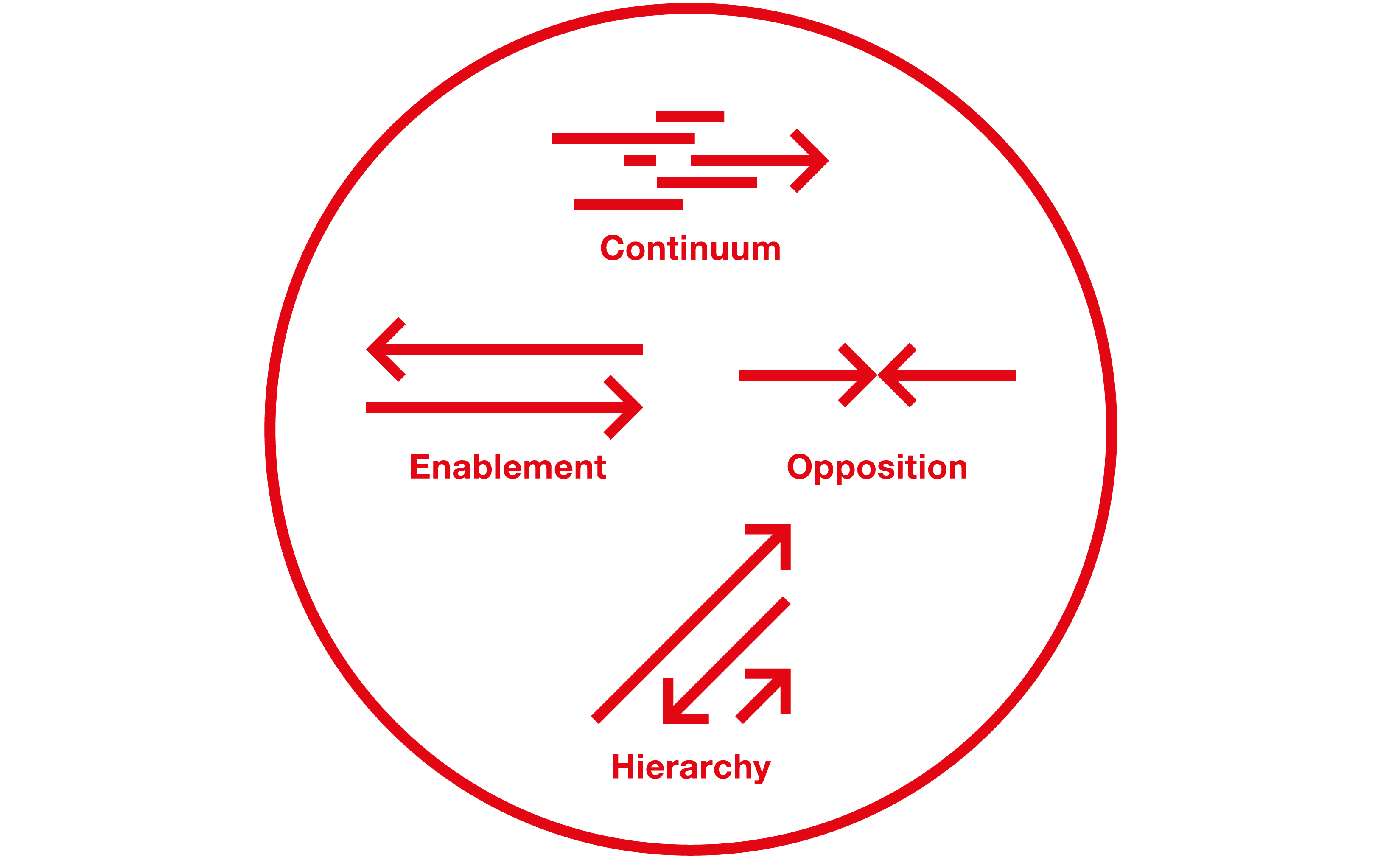The Migration-Mobility Nexus

Movement has always been an integral part of the human experience. Over the last few decades, enhanced technologies and shifts in regulation across different levels of government (supranational, national, regional, local) have opened new possibilities to travel within and across countries. Asylum seekers, commuters, diplomats, guest-workers, international students, environmentally displaced refugees, pilgrims, tourists: we all move by different means and for various reasons. Yet, in public debates, not all movements are framed in the same way. Why are people on the move placed in different categories? And what consequences do these categories entail?
To answer these questions, we want to bring together two strands of literature that have referred to human movement, either as ‘migration’ or as ‘mobility’. For some scholars, these are categories of analysis that are used to designate, measure, and explain specific phenomena. For others, they are mainly categories of practice: labels that reflect and produce inequalities of power and determine different opportunities to move or to stay. Both categories of analysis and categories of practice are loaded with very different meanings: all uses of migration and mobility entail relevant normative issues regarding what justice and democratic legitimacy should be in societies marked by human movement. As such, they guide our understanding of the world: The way we think about migration and mobility largely depends on our preconceived – and often implicit – assumptions.
Given the plurality of frameworks, definitions and constructions of migration and mobility as analytical concepts and/or legal or political categories, we do not want to provide strict definitions of ‘migration’ and ‘mobility’ at this stage. Instead, what matters to us is the focus on the interplay between these two ways of framing movement. While research has traditionally studied migration and mobility as separate subjects, we believe that we cannot fully understand one without considering the other. Treating some people as migrants and others as mobile individuals can produce complementarities, dualities, contradictions, and/or tensions. The focus on such dynamics, their analysis and explanation, contributes to a better understanding of human movement and its political, social, economic, legal, and moral implications.
Indeed, in our research, we introduce a tool that can help us to observe these dynamics: the Migration-Mobility Nexus (MMN). A nexus binds together two – or more – things that are not otherwise connected. By postulating the existence of a connection between migration and mobility, the MMN pushes us to unveil the nature of this relationship. More precisely, the MMN works as a lens that forces us to ask the questions of how and why migration and mobility are bound together, and what consequences this entails. Through the MMN we question social reality, institutions and power structures; and we unveil specific dynamics that could not be understood without considering the MMN.
Using the MMN as a lens entails at least three tasks. First, to focus on the interplay between the categories of migration and mobility. Second, to determine how and why the use of these two categories provides meaning to social and political phenomena. Third, to reflexively clarify if migration and mobility are used as categories of practice or as categories of analysis (in which case we need to justify the specific use of these categories). In short, the MMN sheds light on how migration and mobility are used as categories of analysis or referred to as categories of practice whose contents or consequences are negotiated, contested or reproduced.
Given the pluralism of approaches existing in social sciences (e.g. positivism, constructivism, critical approaches, historical perspectives), scholars will invariably use the MMN according to their epistemological assumptions. In this document, we outline four possible ways in which the interplay between migration and mobility can manifest itself through the use of the MMN:
Nature of the Interplay between Migration and Mobility
| Epistemology | Example of Empirical Application | Example of Research Questions | |
| Enablement
|
Linear: migration might enable mobility, or the other way around | Obtaining the legal status of EU citizenship for third-country nationals opens the door to intra-European mobility | Why does mobility affect social cohesion or integration policies that have been conceived for migrants? |
| Continuum
|
Processual: migration represents long-term and permanent forms of movement, while mobility represents increasingly more temporary and fluid forms of movement | Over the last few decades, changes in European labor immigration legislation allowed individuals to move more frequently and more freely regardless of their nationality | Why do individuals navigate between migration and mobility contexts? |
| Hierarchy
|
Critical: migration and mobility are political categories that are used to determine or legitimize hierarchies of movements, so that the construction of one category has implications on the other | The idea of Fortress Europe is based on the categorization of individuals as ‘mobile citizens’ or as ‘refugees’, which determines their inclusion/exclusion from a legal stay in host European countries | Why are certain forms of movement largely ignored by government agencies, while others are heavily regulated? |
| Opposition
|
Binary: migration and mobility represent exclusive conceptions of movement | The status of EU citizens living in the UK might suddenly change from ‘mobile EU citizens’ into ‘EU immigrants’ as a consequence of Brexit and vice versa, Europeans from Romania and Bulgaria changed from being seen as ‘immigrants’ to ‘EU mobile citizens’ shortly after their countries joined the EU | When does mobility turn into migration (or the other way around)? |
We encourage other researchers to employ the MMN in their work so that we can refine and expand the ideal or typical forms of interplay that we sketched above. These specific ways to use the MMN will not add up to a coherent overarching theory. Indeed, the MMN can contribute to many scholarly research agendas, such as those studying global transformations, transnationalism, network theory, international trade policy, policy diffusion, and social inequality. In our view, this is not a limitation of the MMN, but an illustration of its potential as a heuristic tool to make visible the dialectic relation between migration and mobility, and examine both its causes and consequences.
How to cite:
nccr – on the move (2019). The Migration-Mobility Nexus, Neuchâtel: https://nccr-onthemove.ch/about-us/the-migration-mobility-nexus/





